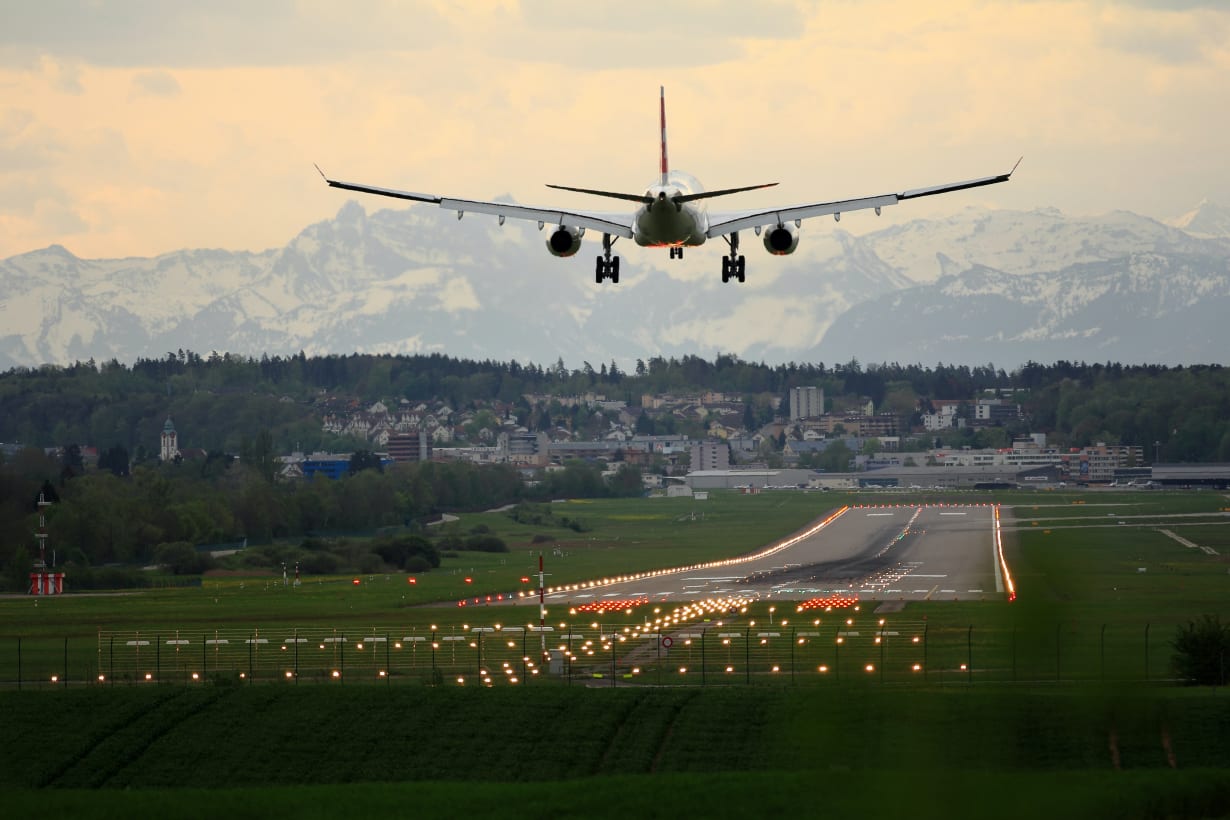Hotel Rack Rate: What You Need to Know
In the hospitality industry, understanding the “rack rate” concept is crucial for travel managers, finance leaders, and accountants involved in corporate travel planning and budgeting.
The rack rate is the standard, undiscounted price for a hotel room. It represents the highest possible rate a guest might pay without any promotional discounts or negotiated rates.
This rate is typically published by the hotel and serves as the starting point for pricing strategies and negotiations.

Understanding Rack Rates
Hotels use rack rates as a benchmark to establish their pricing structure. While most guests rarely pay the full rack rate, this price is publicly listed and forms the basis for discounts, promotions, and corporate rates.
For businesses, understanding rack rates helps evaluate hotel costs and assess potential savings from corporate discounts.
Key Components:
- Standard Price: The rack rate is the official price set by the hotel for a specific room type.
- Benchmark for Discounts: Used as a reference point for calculating discounts and offers.
- Negotiation Tool: Acts as a starting point for rate negotiations between hotels and corporate clients.
How Rack Rates Affect Corporate Travel
Rack rates are essential for companies, especially those with frequent travel needs, in determining travel budgets and assessing cost-saving opportunities.
Travel managers and corporate travel management companies often negotiate lower rates with hotels, which can lead to significant savings over time.
These negotiated rates are typically based on the volume of business a company can bring to the hotel.
Access Thousands of Corporate Negotiated Rates
Negotiating and managing special rates with companies takes a lot of time and effort. And if companies only have special rates with specific hotels or hotel chains, traveling employees may be unable to book their preferred hotels.
Navan leverages its travel volume and relationships with suppliers to negotiate highly competitive prices — up to 15% off the best available rates at thousands of hotels globally.
Benefits of Understanding Rack Rates:
- Budget Planning: Helps forecast travel expenses and set realistic budgets.
- Cost Savings: Enables the identification of potential savings through corporate discounts.
- Negotiation Leverage: Provides a basis for negotiating better rates with hotels.
Rack Rate vs. Actual Rates Paid
In practice, the rack rate often differs significantly from what guests pay. Various factors influence the final price, including seasonal demand, occupancy levels, and negotiated corporate rates.
Understanding this discrepancy is important for travel managers who aim to maximize value while minimizing costs.
Factors Influencing Room Rates:
- Seasonal Demand: Prices may fluctuate based on high or low travel seasons.
- Occupancy Rates: Hotels may adjust rates based on current and projected occupancy.
- Corporate Agreements: Negotiated rates can provide consistent savings for companies.
Understanding rack rates is vital for companies aiming to optimize their travel expenses. Using the rack rate as a benchmark, travel managers can negotiate better deals and manage travel budgets effectively, ensuring that travel spending aligns with corporate financial goals.
Frequently Asked Questions
Read now
Take Travel and Expense Further with Navan
Move faster, stay compliant, and save smarter.

